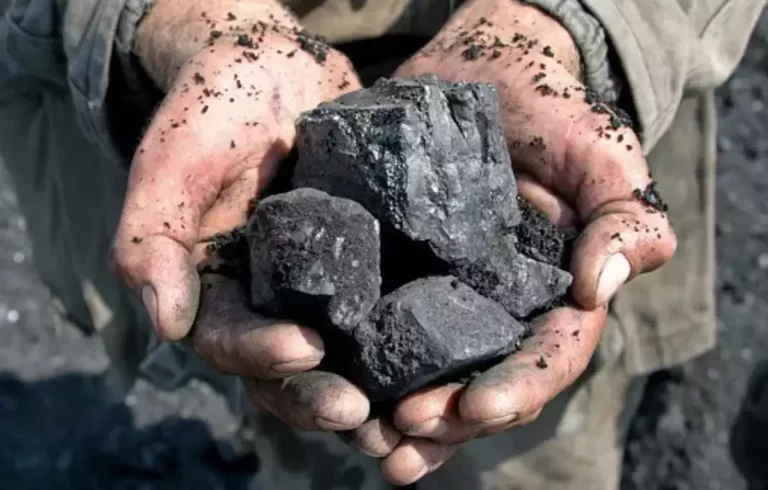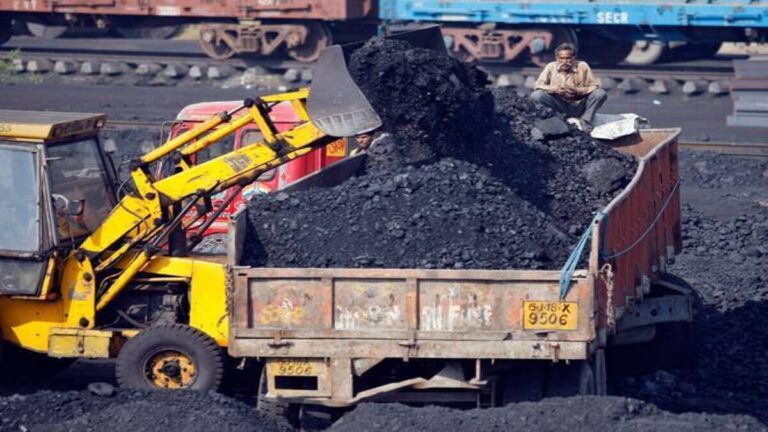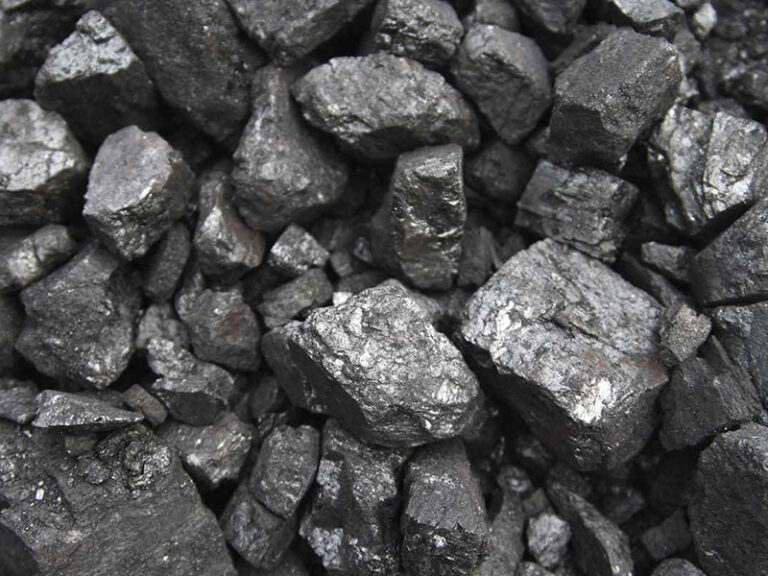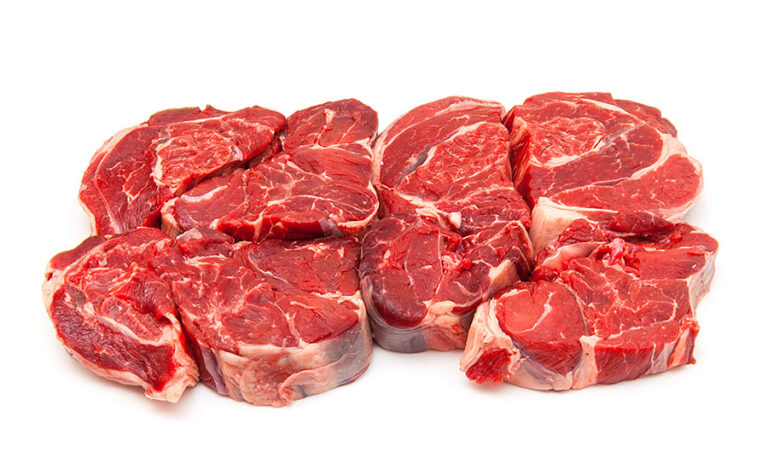
Coal, a sedimentary rock formed from ancient plant matter over millions of years, exists in four primary types: anthracite, bituminous, sub-bituminous, and lignite. Each type of coal varies in carbon content, energy density, and other characteristics, making them suited for different applications. From generating electricity to producing steel, each variety of coal plays a role in meeting the world’s energy and industrial demands. Here’s an in-depth look at the four types of coal, their unique properties, and the uses that make them vital in today’s world.
1. Anthracite Coal
Anthracite is the highest grade of coal and contains the highest carbon content, usually over 86-97%. It is the oldest and most compressed form of coal, formed under extreme pressure and temperature conditions. Its composition gives it several distinct characteristics:
- Appearance: Anthracite has a glossy, hard appearance and a dark, almost metallic sheen. It is highly compact and does not crumble easily.
- Carbon Content: With the highest carbon content among coal types, anthracite has a high energy density, producing around 15,000 BTUs (British Thermal Units) per pound.
- Low Impurities: Anthracite contains fewer impurities, such as sulfur and moisture, resulting in cleaner combustion.
- Energy Efficiency: Due to its high carbon content and low impurity levels, anthracite burns slowly and produces very little smoke.
Uses of Anthracite Coal
Primarily, anthracite is used for residential and commercial heating because it burns hotter and cleaner than other types of coal. It is also occasionally used in small quantities in metallurgical processes, including the production of metals and carbon filters. However, anthracite represents a small percentage of total global coal production due to its scarcity and high price, which limits its use to niche applications.
2. Bituminous Coal
Bituminous coal is the second-highest grade of coal, with a carbon content ranging between 45-86%. It is formed under moderate pressure and temperature conditions over a shorter period compared to anthracite, making it more abundant. Bituminous coal is further divided into two subcategories: thermal (steam) coal, primarily used for energy production, and metallurgical (coking) coal, which is used in steel production.
- Appearance: Bituminous coal is relatively soft, black, and often has a layer of resin or bitumen, which gives it a slightly shiny appearance.
- Carbon and Energy Content: It has a medium to high carbon content and produces around 10,500-15,000 BTUs per pound, though less than anthracite.
- Higher Volatile Content: Bituminous coal contains more volatile compounds and moisture than anthracite, which means it burns more easily but also produces more smoke and pollutants.
Uses of Bituminous Coal
Bituminous coal has two primary uses:
- Electricity Generation: Thermal or steam-grade bituminous coal is primarily used in power plants to generate electricity. When burned in a controlled environment, it releases energy that drives steam turbines, which in turn generate electricity. Bituminous coal is the most widely used type of coal for power generation globally due to its energy efficiency and relative abundance.
- Steel Production: Metallurgical or coking-grade bituminous coal is an essential component in steel production. It is converted into coke in a coking oven, which removes impurities and leaves a high-carbon product. Coke is then used in blast furnaces to reduce iron ore to molten iron, a key step in steelmaking.
3. Sub-Bituminous Coal
Sub-bituminous coal is the third type of coal in terms of carbon content, which ranges between 35-45%. It is formed under less heat and pressure than bituminous coal, giving it distinct characteristics that influence its usage.
- Appearance: Sub-bituminous coal is typically dull black and is softer and more brittle than bituminous coal.
- Lower Energy Content: Due to its lower carbon content and higher moisture levels, sub-bituminous coal has a lower energy content, averaging between 8,300-11,500 BTUs per pound.
- Moisture Content: It has higher moisture content than both bituminous and anthracite, which can make it harder to store and transport due to a tendency to absorb water.
Uses of Sub-Bituminous Coal
Sub-bituminous coal is mainly used in electricity generation. Its lower sulfur content compared to bituminous coal makes it an attractive option for power plants, as it produces fewer sulfur dioxide emissions, which contribute to acid rain. Many coal-fired power plants, particularly in the United States, use sub-bituminous coal due to its availability and relatively lower environmental impact.
4. Lignite Coal
Lignite, also known as “brown coal,” is the lowest grade of coal, with a carbon content of about 25-35%. It is the youngest form of coal and has undergone the least amount of pressure and heat, making it the softest and least energy-dense type of coal.
- Appearance: Lignite has a brownish color and a crumbly texture. It is softer than other types of coal and can easily break apart.
- Lowest Energy Content: Lignite produces around 4,000-8,300 BTUs per pound, making it the least energy-dense coal type.
- High Moisture Content: Lignite contains the highest moisture levels of all coal types, often exceeding 35-40%, which makes it less efficient to transport and store. This moisture content also lowers its combustion efficiency, resulting in higher emissions per unit of energy.
Uses of Lignite Coal
Due to its low energy content and high emissions, lignite is generally only used for electricity generation near the mining site. It is rarely transported long distances, as its high moisture content and low density make it costly to move. However, lignite remains an essential energy source in regions with large lignite reserves, particularly in Eastern Europe, Germany, and parts of the United States. Its lower cost and local availability make it a practical choice in these areas, despite its environmental drawbacks.
Environmental Considerations of Coal Types
The environmental impact of coal use varies by type. Anthracite burns the cleanest among the four types of coal, releasing fewer pollutants. Bituminous and sub-bituminous coal, with higher sulfur and volatile content, contribute to air pollution and acid rain. Lignite, with its high moisture content and low energy efficiency, has the highest emissions per unit of energy produced, making it the least environmentally friendly option.
In recent years, concerns about the carbon footprint of coal have driven efforts to reduce dependence on coal for electricity and industrial processes, particularly in developed countries. Technologies such as carbon capture and storage (CCS) and transitioning to renewable energy sources are key strategies in mitigating coal’s environmental impact.
Conclusion
The four types of coal anthracite, bituminous, sub-bituminous, and lignite each have unique properties that determine their uses and environmental impact. From the high-energy, low-emission anthracite to the moisture-heavy, lower-energy lignite, each type of coal meets different needs in electricity generation, heating, and industry. As the world shifts towards sustainable energy, understanding the distinctions among coal types helps inform policies that balance energy needs with environmental responsibility. While the future of coal faces challenges, its role in global energy and industry remains significant.




